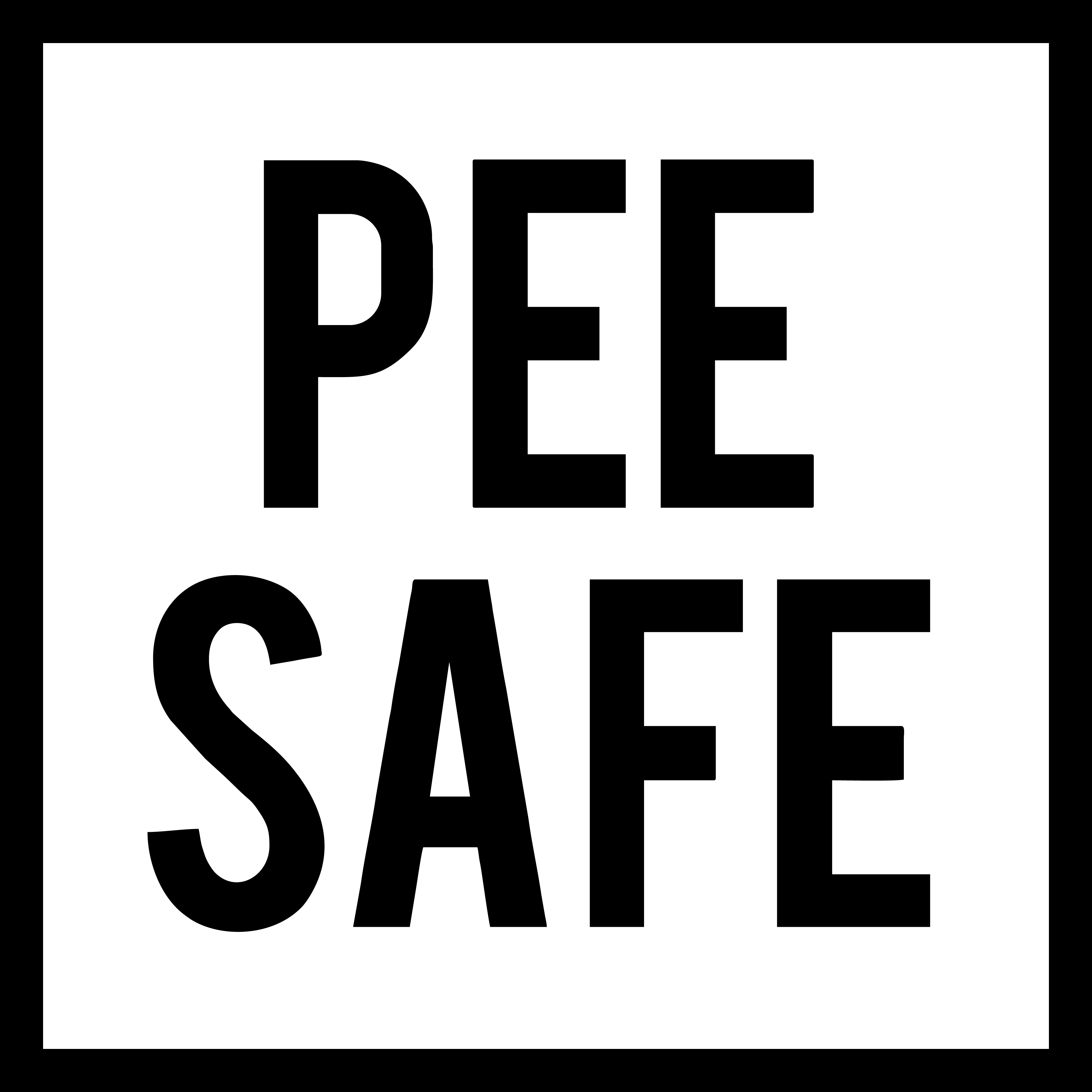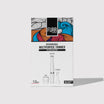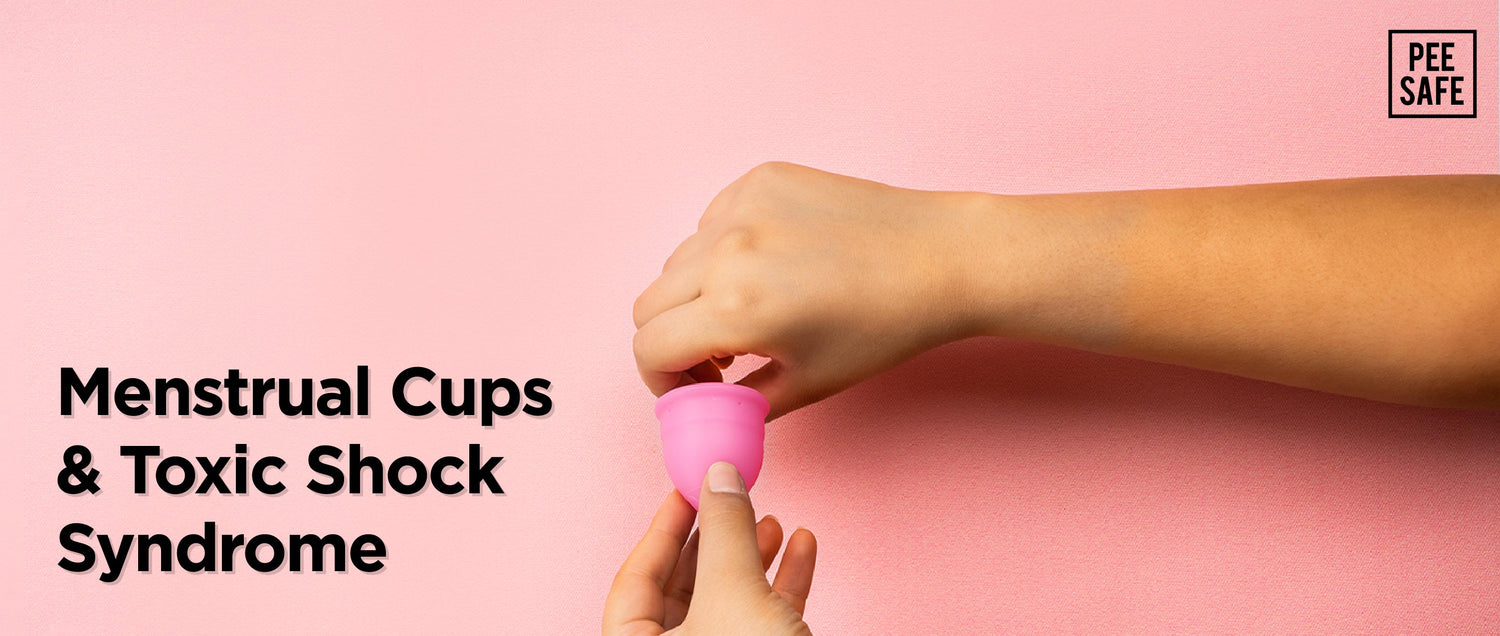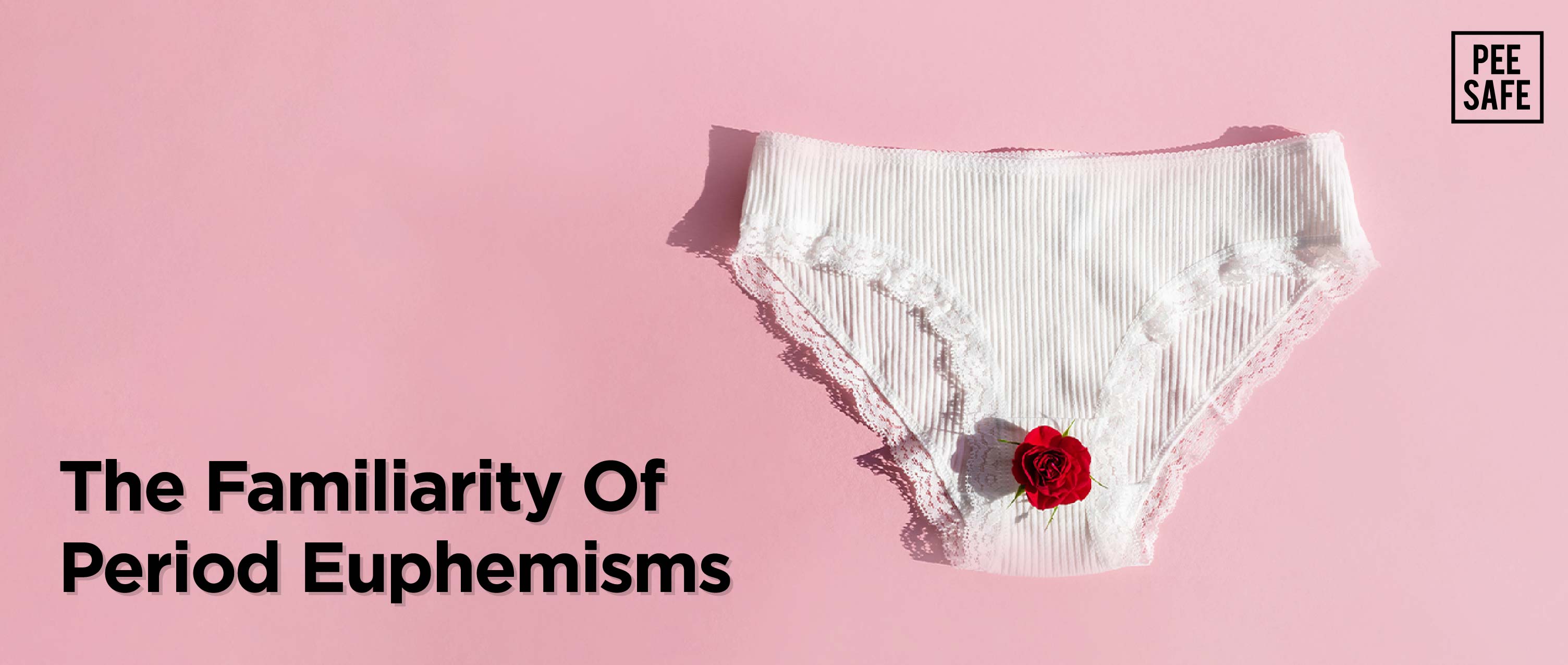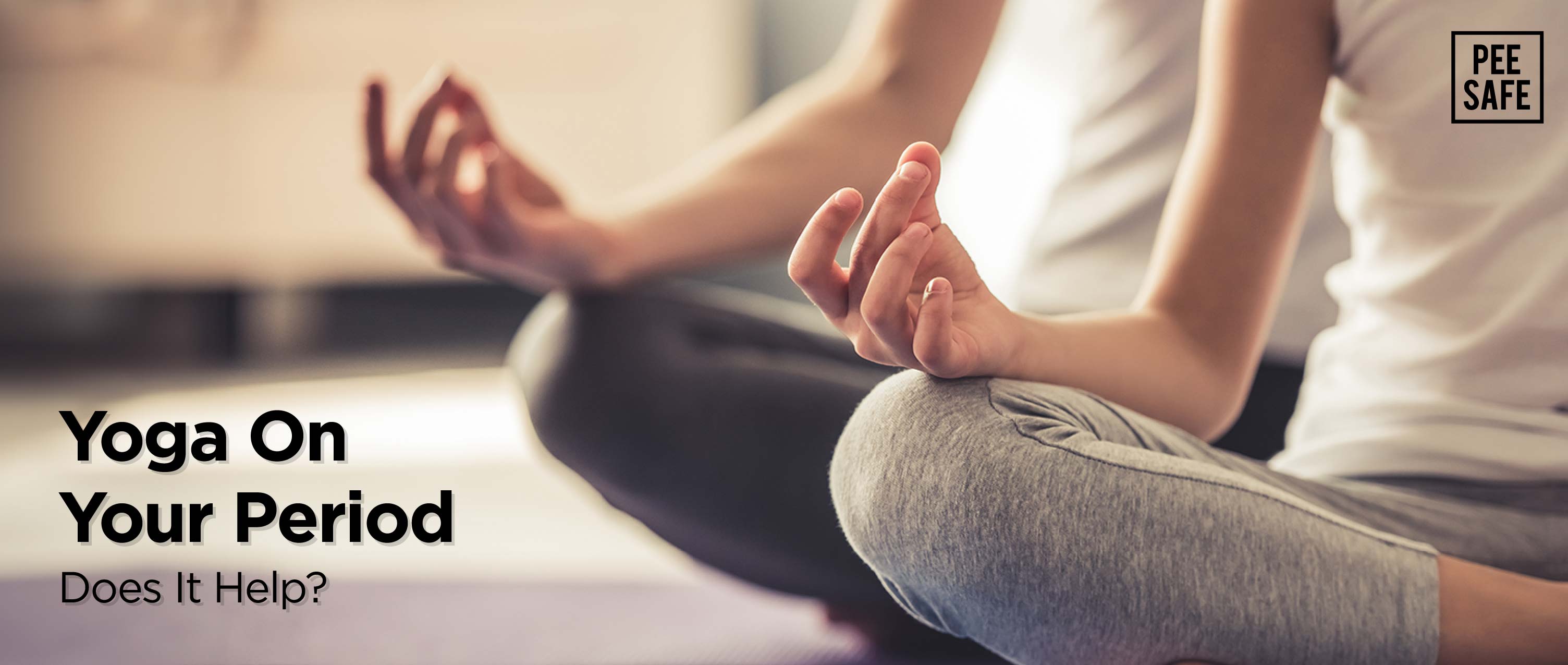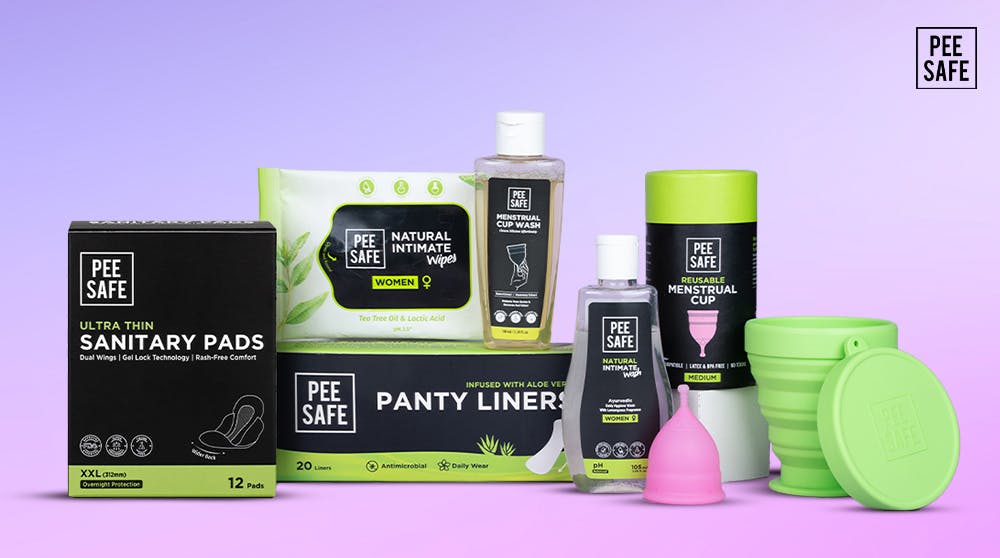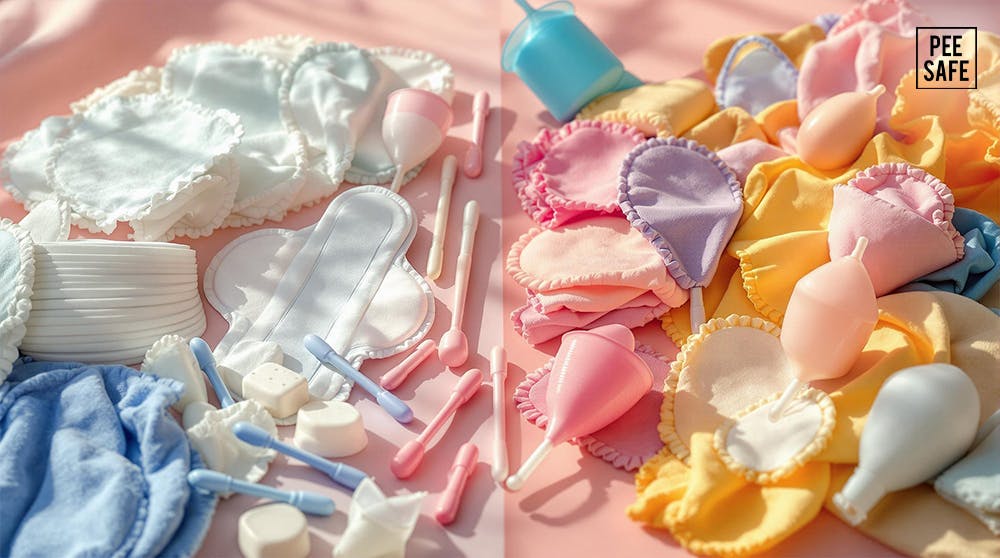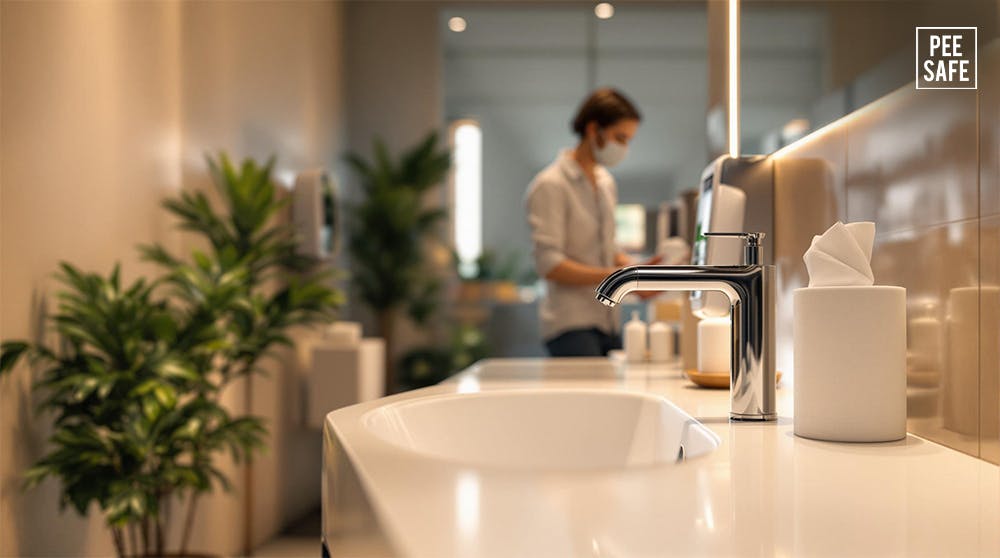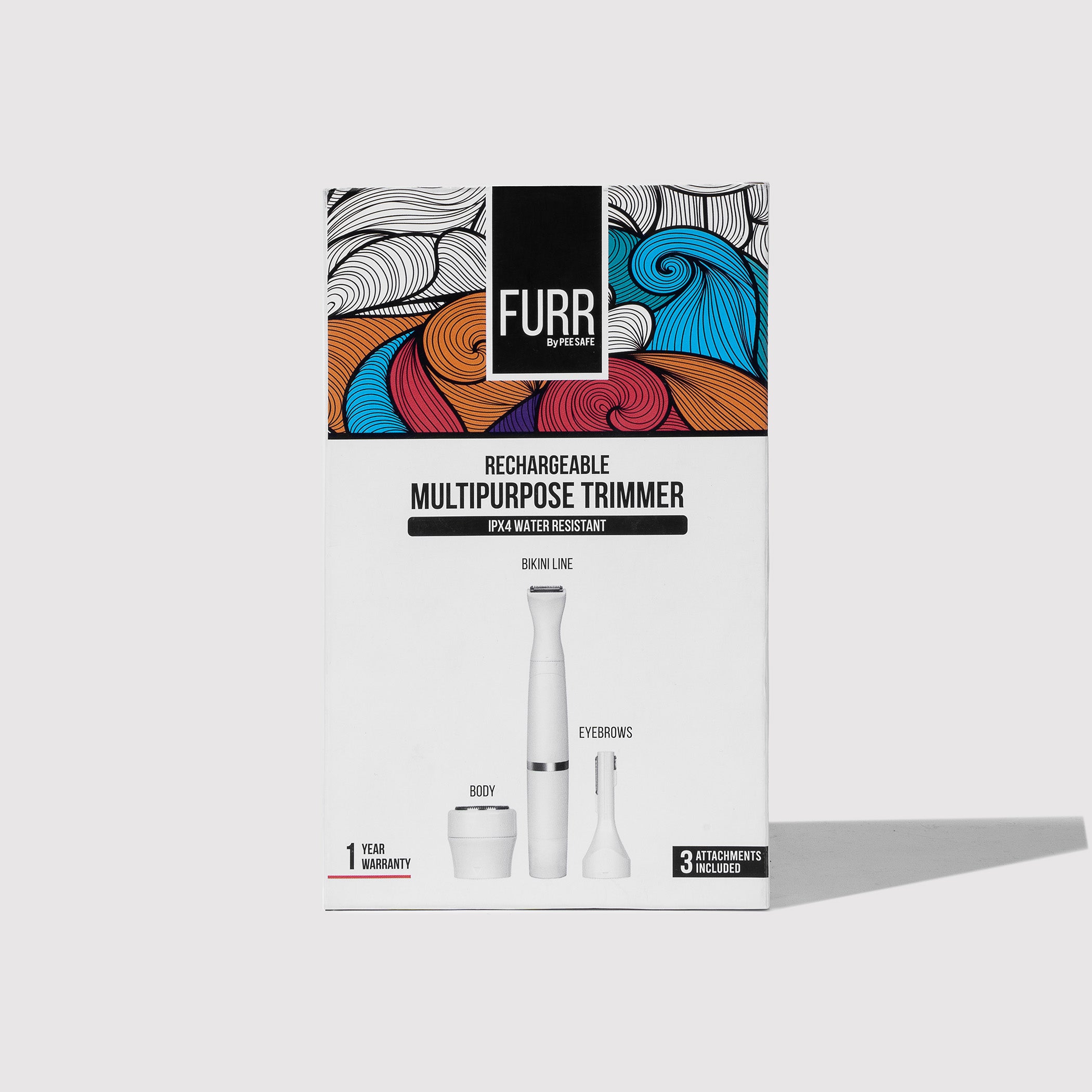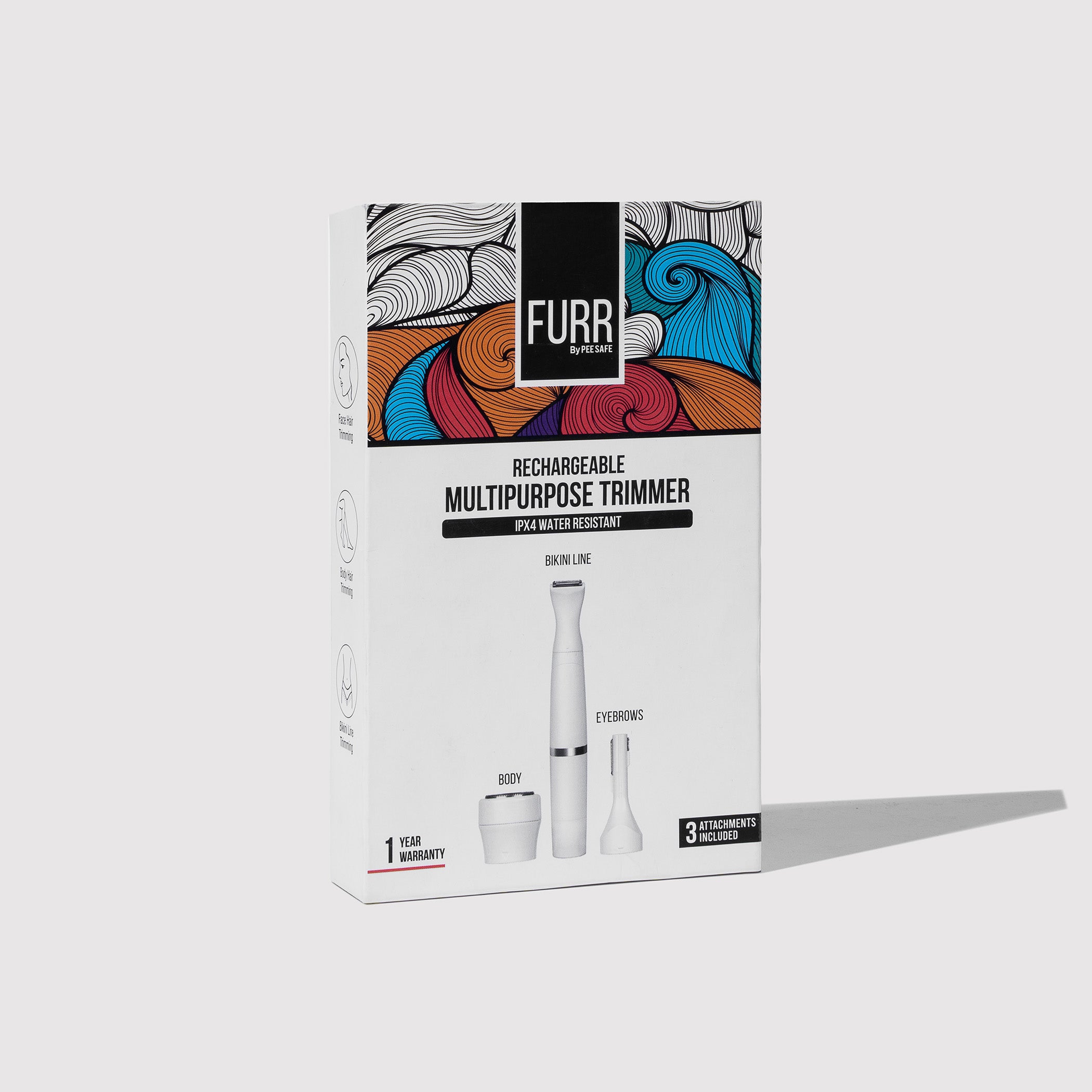The topic of Toxic Shock Syndrome is often brought up when one talks about a tampon. Believed to be correlated, it is widely considered that tampons increase the chance of getting TSS. However, with numerous menstrual products making their way in the market, is there any product that can reduce the risk of getting infected? Read on to learn more.
But before we begin,
What Exactly Is Toxic Shock Syndrome?
Toxic Shock Syndrome more commonly known as TSS is a rare type of bacterial infection. Often considered as a risk of using tampons, the infection starts when toxin producing bacteria enter your bloodstream before finding its way to your organs and tissues. If left untreated, this infection may also result in death.
How Is Toxic Shock Syndrome Caused?
TSS is the result of different types of bacteria that live in your body, on your nose, skin and in your vagina!
When these pesky bacteria enter your bloodstream through a cut or wound it can lead to an infection. The cervix also acts as a gateway for these pathogens which can enter the body during menstruation, childbirth, abortions and sexual intercourse.
How Can You Get TSS?
Some of the most common ways in which you can be at the receiving end of this infection is through the use of menstrual products, more specifically tampons.
TSS can be caused due to :
- Infrequent changing of tampons.
- Tiny abrasions caused by the constant insertion and removal of tampons.
- Using super absorbent tampons when you have a light flow.
- Using products such as pads, diaphragm and contraceptives.
It is important to prioritize cleanliness, sanitation and hygiene in order to reduce the risk of an infection. While menstruating be sure to change your tampon/ pad frequently and sanitize your hands before cleaning yourself.
How Do I Know If I Have TSS?
Some of the most common symptoms of TSS are:
- High fever
- Vomiting and diarrhea
- Rashes on your palms and on the soles of your feet
- Seizures
- Redness of the eyes, mouth or throat
If you face any of these symptoms, make sure to consult with your medical practitioner.
What Menstrual Product Can I Use To Reduce The Risk Of TSS?
If you’re worried about TSS and don’t know what product to use during your cycle, try out the menstrual cup!
The chances of getting TSS from a menstrual cup are extremely slim. Infections from menstrual cups are mainly caused due to lack of menstrual hygiene. As long as you’re washing your hands and sanitizing your cup, you’re good! Made of medical grade silicone, the cup is guaranteed to give you stress and hassle-free periods.
What’s even better?
You can use one cup for the next five years, making it an extremely affordable and sustainable menstrual product.
Sustainable, affordable and low risk?
Sounds like the dream combo!
Reduce the tension of TSS on your next menstrual cycle and make the switch today!
-
✍️ This article was curated by Sarah Abraham
